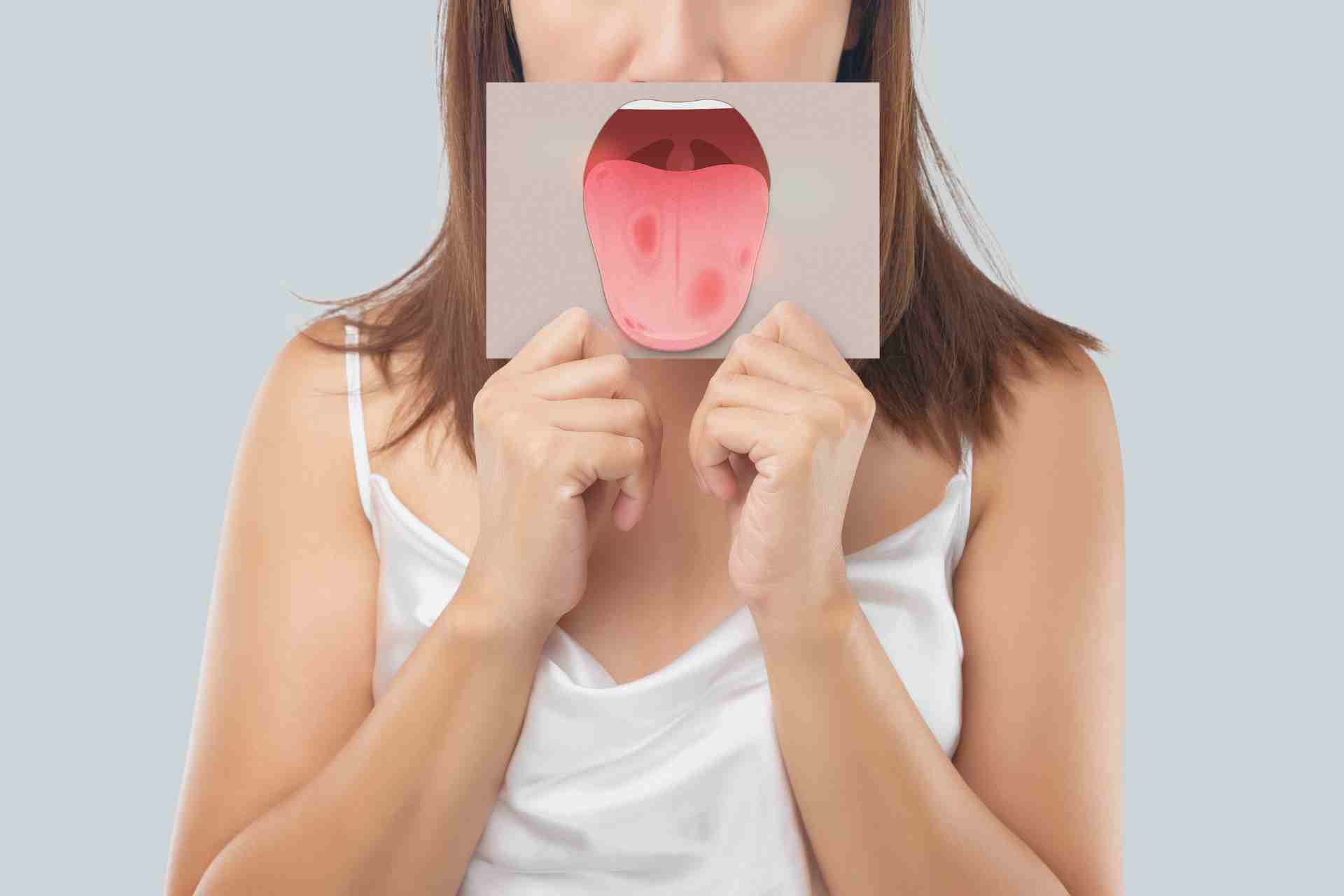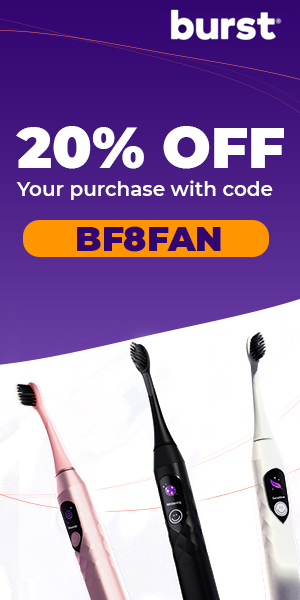Ever spotted a thin, pale line running horizontally inside your cheek, right where your upper and lower teeth meet?
You might have caught it while brushing, flossing, or just glancing in the mirror and thought, “Wait… what’s that?”
Don’t panic—chances are, it’s linea alba. This is a super common and usually harmless oral condition that a lot of people have without even realizing it.
Still, noticing something new in your mouth can be a little unsettling. So let’s talk about it.
We’ll cover:
- What exactly linea alba in the mouth
- Why it happens
- How to tell if it’s something to keep an eye on
- And simple ways to manage or prevent it
Because your mouth deserves to feel just as healthy as the rest of you.
What Is the Linea Alba in the Mouth?

Linea alba—which literally means “white line” in Latin—is exactly that: a faint, pale ridge that forms along the inside of your cheek, right where your upper and lower teeth meet.
It’s not a disease, infection, or something contagious. It’s more like your cheek developing a little callus.
Your body is responding to repeated friction or pressure in that spot, kind of like how your skin might toughen up if you wear tight shoes too often.
In other words, it’s your mouth’s way of saying, “Hey, something keeps rubbing me, and I’ve noticed.”
This line can also appear on the sides of the tongue or even along the inside of your lips, depending on your bite and oral habits. But most often, it shows up on the inner cheek, in line with your teeth.
What Does Linea Alba Look Like?
Linea alba usually shows up as a thin, horizontal white line running along the inside of your cheek. It’s typically right where your upper and lower teeth come together—what we call the occlusal plane.
It may look slightly raised or feel a little firmer than the surrounding tissue, but it shouldn’t be painful or inflamed. For most people, it’s symmetrical and appears on both cheeks, though sometimes it’s just on one side.
You might also notice it more clearly if:
- You clench or grind your teeth
- You’ve been biting your cheeks (whether consciously or not)
- You wear dental appliances like braces or retainers
This line isn’t something most people notice on their own. It’s often spotted during a routine dental exam. But once you know it’s there, it’s totally normal to wonder if it means something more serious. (Spoiler: usually not, but we’ll get to that.)
What Causes Linea Alba in the Mouth?
The main reason linea alba shows up? Friction.
That white line forms because the inside of your cheek is repeatedly rubbing against your teeth. Over time, the tissue toughens slightly in response, just like your skin would if something kept brushing against it.
Here are some of the most common triggers behind that friction:
- Cheek biting—Whether it’s a nervous habit or something you do while sleeping, this is a major cause.
- Teeth grinding or clenching (bruxism)—This puts extra pressure on the sides of your mouth.
- Braces, retainers, or dentures—If they don’t fit perfectly or rub your cheeks, linea alba can form.
- Aggressive brushing or flossing—Especially along the gum line, this can irritate nearby soft tissue.
- Misaligned teeth—If your bite’s a little off, your cheek may constantly press against certain teeth.

Even people with naturally fuller cheeks might notice this more often—there’s simply more tissue in contact with the teeth.
Is Linea Alba Harmful?
In most cases, nope, not at all.
Linea alba in the mouth is typically just a sign of minor, ongoing friction. It’s not dangerous, doesn’t require treatment, and often goes unnoticed unless your dentist points it out during a checkup.
That said, it’s still worth paying attention to for a few key reasons:
- If it’s growing, changing color, or becoming raised, it’s a good idea to get it checked.
- If it’s painful, bleeds, or comes with other symptoms like sores or swelling, that’s not typical for linea alba.
- If you use tobacco products or have a history of oral conditions, we’re a little more cautious and may want to keep a closer eye on it.
In short, linea alba itself isn’t harmful, but the key is making sure it is linea alba—and not something else that looks similar.
Can Linea Alba Be Mistaken for Mouth Cancer?
No, linea alba is not considered a precursor to oral cancer.
That said, there are a few other oral conditions that can look similar but carry more serious implications, including a risk of cancer. So if you’re unsure what you’re looking at, it’s always best to get it checked by a dentist.
Let’s go over some of the conditions that can mimic the appearance of linea alba:
Leukoplakia
This shows up as flat, thickened white patches that don’t wipe away. It’s often linked to tobacco use and has the potential to become cancerous, especially if left untreated.
Oral lichen planus
A chronic inflammatory condition that can look like lacy white streaks or patches inside the mouth. It can sometimes cause soreness or burning and needs monitoring.
Canker sores
These usually have a red halo and a painful center, not to be confused with the smooth, symptomless line of linea alba.
Oral thrush
Caused by a yeast overgrowth, these white patches can be wiped off, often revealing raw tissue underneath.
HPV-related lesions
These may appear as bumps or unusual patches inside the mouth and should be evaluated by a professional.
Bottom line: If a white patch doesn’t look like a thin, smooth line—or it’s growing, painful, or just feels off—it’s time to see your dentist. Early evaluation is the best way to stay safe and informed.
When Should You See a Dentist?

While linea alba is usually harmless, there are times when a white line (or anything new in your mouth) should be looked at more closely.
Here’s when to make that appointment:
- The line doesn’t go away after a few weeks, or seems to be getting thicker.
- You notice sores, bleeding, or pain in the same area.
- There’s numbness, tingling, or a burning sensation that doesn’t go away.
- You spot swelling, a lump, or other unusual tissue changes nearby.
- You’re a tobacco user, or you wear dentures, braces, or other dental appliances that don’t fit perfectly.
The general rule? If something in your mouth doesn’t look or feel right—and it hasn’t healed within two weeks—it’s time to get it checked out.
How Is Linea Alba Treated?
In most cases, no treatment is necessary. Linea alba is your mouth adapting to pressure or friction—if you remove the cause, the line often fades on its own.
But if it’s bothering you, or if it’s connected to a habit you’re trying to break, there are definitely ways we can help:
- Wear a nightguard if you grind or clench your teeth while sleeping. This protects your cheeks and reduces pressure on your bite.
- Adjust dentures or braces that might be rubbing against the inside of your cheeks. A simple tweak can make a big difference.
- Work on breaking the cheek biting habit—whether it’s unconscious during the day or happening in your sleep. We can walk you through it with strategies that actually work.
- Switch to gentle brushing techniques and a soft-bristle toothbrush to avoid irritating the inside of your mouth.
Overbrushing or using the wrong technique can also irritate your cheeks, so make sure you’re following the best way to brush your teeth to keep your mouth healthy without causing extra friction.
Key Takeaways
- Linea alba is a white line on the inside of your cheek—usually harmless and caused by friction.
- It’s most common in people who clench, grind, or bite their cheeks.
- While treatment isn’t usually needed, it’s still worth mentioning to your dentist.
- Keep an eye out for any changes, especially if you’re a tobacco user or have other risk factors.
Stay proactive about your oral health and follow @joycethedentist for more tips to keep your smile healthy, radiant, and resilient.
FAQs
Why do I have that white line on my cheek?
It usually comes from repeated rubbing or pressure between your teeth and the inside of your cheek. If you clench, grind your teeth, bite your cheeks, or wear dental appliances, you’re more likely to develop it. It’s basically your mouth’s version of building up a tiny shield.
Should I be worried about it?
In most cases, not at all. Linea alba is benign and doesn’t lead to more serious problems. The only time to be concerned is if it starts to change in size, becomes painful, or shows up with other symptoms like sores or swelling.
Will it go away on its own?
Yes—if you remove the source of irritation. That could mean breaking a cheek biting habit, wearing a nightguard, or adjusting a dental appliance. Once the friction stops, the tissue often returns to normal over time.
What does it say about my health?
Linea alba isn’t a warning sign of a deeper health issue. It just tells us there’s consistent friction in your mouth, kind of like a footprint showing where pressure keeps landing.
Why do I sometimes wake up with stringy white stuff in my mouth?
That’s typically exfoliated oral tissue, not linea alba. It can build up overnight, especially if your mouth is dry or you’re dehydrated. It’s usually harmless and can be rinsed or brushed away.
Are there conditions that look like linea alba but aren’t?
Yes. Leukoplakia, oral lichen planus, oral thrush, and even some canker sores can look similar but behave very differently. If a white patch doesn’t look like a smooth, faint line—or if it doesn’t go away—it’s smart to have it evaluated by your dentist.





















